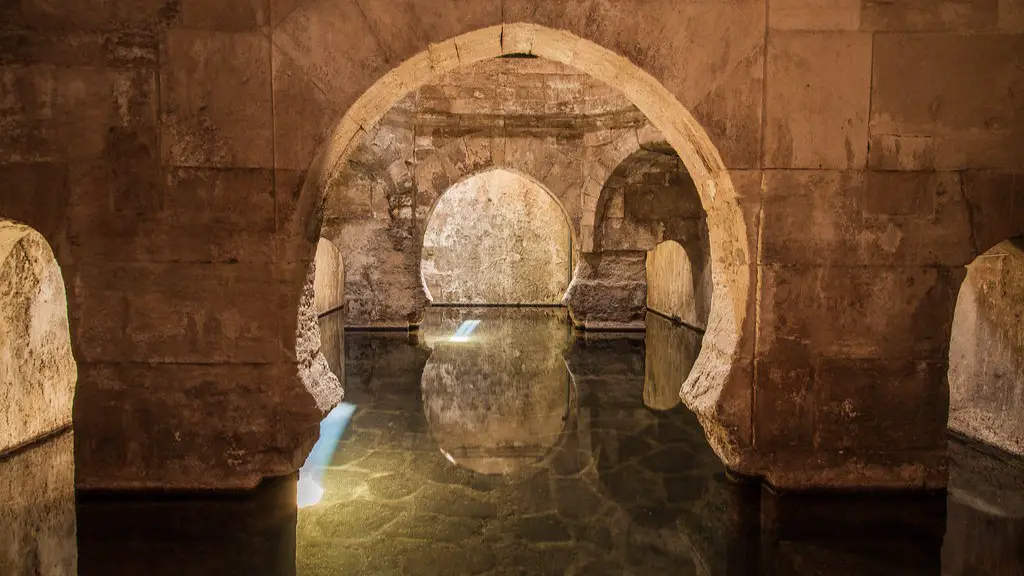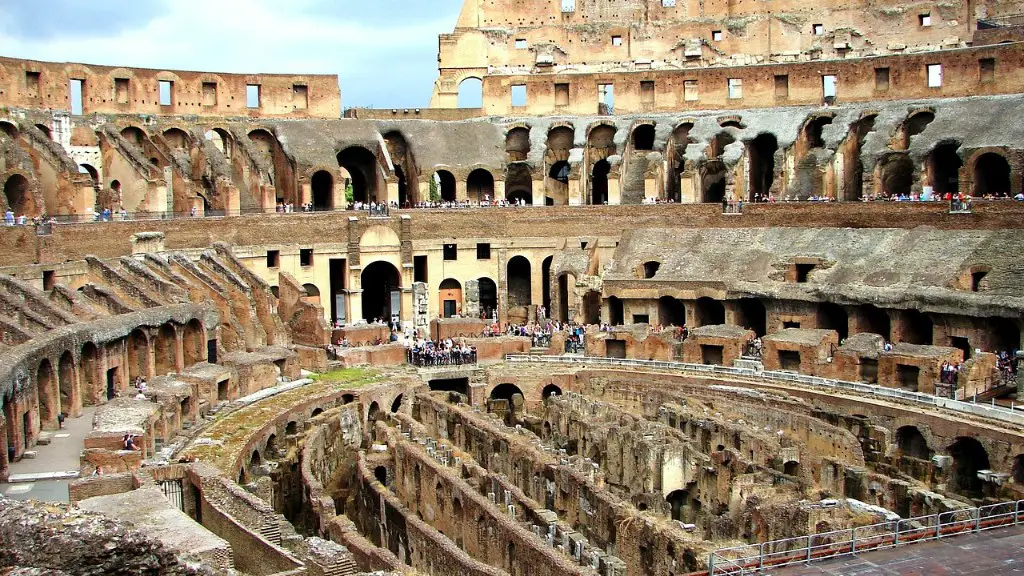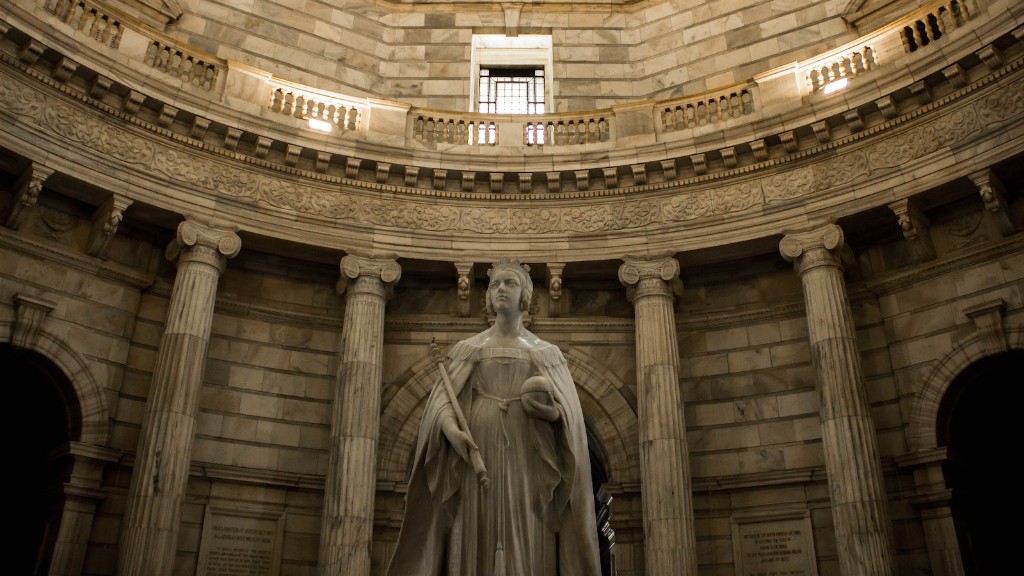Ancient Rome was an incredible society that developed many of the features we consider part of an advanced civilization. This includes a unique food culture. The various classes of Rome would have different types of food available to them, but in general ancient Roman food was based on grains, vegetables, and meat. One of the most interesting aspects of the Roman diet is how food availability and the class of the person affected what they would eat and when.
Patricians were the upper class citizens of Rome who had the most access to food, whereas the proletariats (those who had to work for wages) and slaves had the least. Patricians would have had access to large variety of ingredients, though some foods like seafood, or sought-after condiments like garum (made from fermented fish intestines) would have been more expensive. Bread and olive oil, considered a staple today, would have been a regular course for these citizens, along with vegetables like carrots, artichokes, lettuce, and onions.
Fruit was also part of the patrician diet, though these would have been eaten sparingly as a luxury item. Apples, melons, pomegranates and grapes were all enjoyed by the upper classes. For some, this was thought to be one of the most important symbols of their status. Meat was also a part of the patrician diet, though it was typically limited to small amounts of domestic fowl and less expensive cuts of beef or pork.
In addition to the food mentioned above, patricians were also known to enjoy delicacies like snails and dormice, which was served deep-fried in a honey and poppy-seed sauce. A variety of savory sauces and condiments would have been served alongside these dishes. In addition to the savory sauces and condiments,sweet sauces like honey, sesame, and date syrup were used to enhance the flavor of certain dishes.
Patricians would also have access to wine, which was typically served well-diluted with water, unlike what is done today.
Eating Habits
Patricians typically ate two meals a day, one at around 11am and the second at around 5pm. Food was eaten with the hands, with the use of spoons or ladles to aid in the consumption of the various sauces or condiments.
This kind of eating habit was very different from that of the lower classes, who would have eaten without utensils and with very limited access to food.
Influence on Other Cuisines
The patrician diet of Ancient Rome has had a great influence on other cultures and cuisines. Many of the ingredients and dishes we know today have their roots in this era. In many regions, olive oil is the preferred cooking fat, while the various sauces and condiments are still popular throughout the world.
In terms of cooking methods, the ancient Romans had a very high level of culinary sophistication. Combined with the access to different ingredients, the patrician diet has influenced many other cuisines to this day.
Agriculture
Although the patricians had access to a wide variety of foods,their diet was dependent upon access to resources. In some cases, these would have come from relatively nearby sources such as small farms, but in other cases, much of their food would have traveled long distances.
The Roman Empire was able to produce the food needed for its citizens because of its complex system of agriculture. Farms were built in strategic locations to increase production and crops were carefully managed. This enabled the empire to grow a substantial amount of food and in turn to feed its citizens.
Social Status & Food
The type of food available to patricians was directly linked to their social standing. In some cases, certain foods were only available to those with a high level of wealth and status. This was done in order to maintain the social hierarchy and to ensure that those of lower means would not have the same access to these luxuries.
In addition to the quality of food, how it was prepared and displayed was an important component for Ancient Roman patricians. Displays of wealth such as silver pitchers, gold plates, and fine oils were signs of one’s status, so much thought was put into the presentation of food.
Food & Religion
Religion also played a role in determining what foods were available to Ancient Roman patricians. Certain types of meat, including pork and horse, were forbidden by the Jewish religion, so these were not as commonly served. Similarly, some gods required certain food as part of their rituals, so these foods would be served during religious ceremonies.
The Ancient Roman diet was quite varied and the food available to patricians was a reflection of this. The sheer variety of available ingredients made it possible for those of means to access a wide array of foods.
Food Preparation & Eating Etiquette
The preparation and eating of food was also an important component of the patrician diet. Preparation involved a variety of techniques, including roasting, boiling, baking, and grilling.
In addition to the preparation of food, there were certain etiquette rules that needed to be followed when dining. These rules included proper table setting, the use of utensils, and the way in which one ate. As with many cultures, there were certain unspoken rules of etiquette that were necessary for one to maintain their reputation.
Trade & Food
The ancient Romans were very adept at trading and this had a major effect on the food culture. With the establishment of an extensive network of trading routes, exotic ingredients were able to be transported to different parts of the empire.
This allowed those with the means to access even more luxurious ingredients, including spices, condiments, and wines. Trade also allowed access to ingredients from other parts of the world, such as the African coast and India.
Legacy & Influences
The legacy of the Ancient Roman patrician diet is vast and can still be seen in many parts of the world today. Many of the dishes we consider to be staples have their roots in this era, and the influence of Ancient Rome can be seen in the preparation and etiquette of many contemporary meals.
The cuisine of Ancient Roman patricians provides an interesting glimpse into the past and how the diets of the upper classes shaped the way we eat today.



